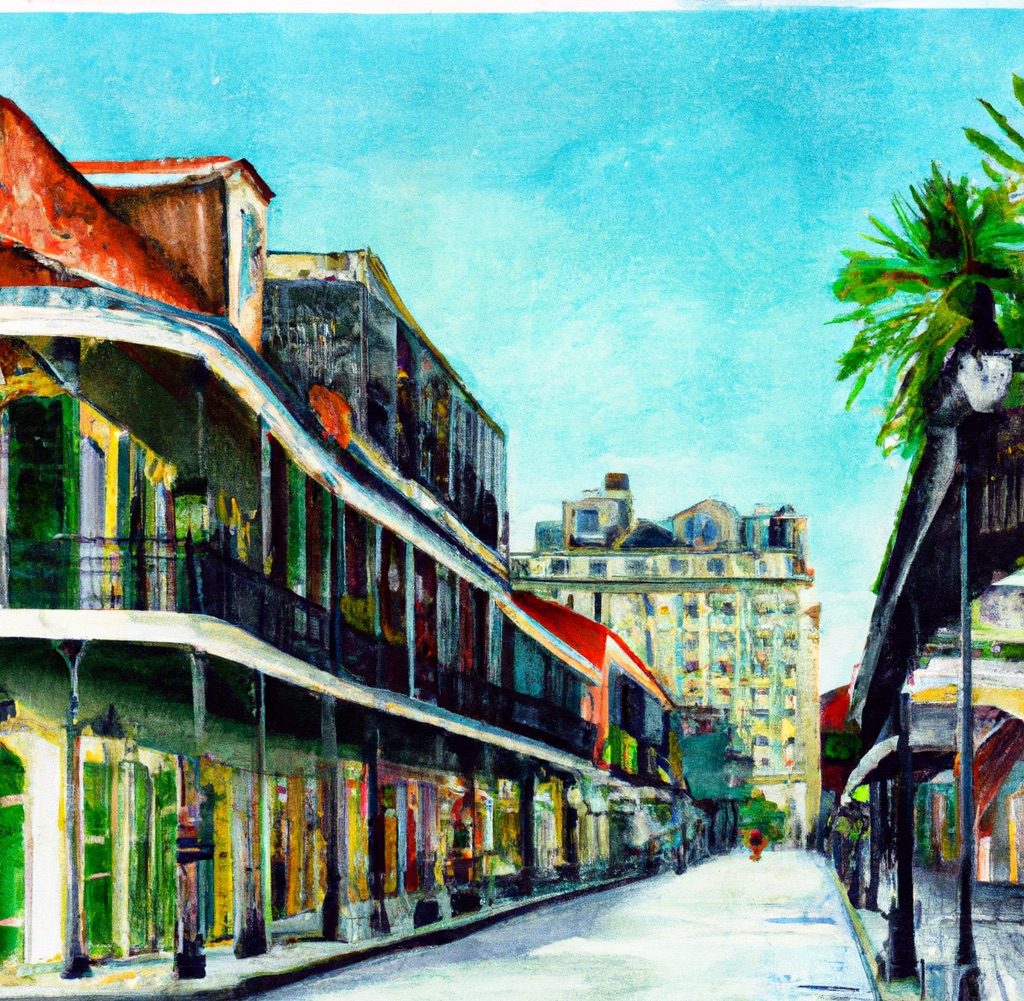New Orleans, often referred to as the “Big Easy,” is a city known for its vibrant culture, rich history, and unique blend of music, food, and festivities. However, while this city has much to offer, there are times of the year when visiting might not be the best idea. We will explore the worst time to visit New Orleans, highlighting the challenges and pitfalls that travelers may encounter.
The Hurricane Season
One of the most significant drawbacks of visiting New Orleans is the hurricane season, which typically runs from June 1st to November 30th. While hurricanes can strike the Gulf Coast at any time during this period, the peak hurricane season occurs from August to October. New Orleans has experienced its share of devastating hurricanes, most notably Hurricane Katrina in 2005. Even though the city has since implemented extensive flood protection measures, the risk remains.
During hurricane season, visitors face potential disruptions to their travel plans. Flights can be canceled or delayed, and it’s not uncommon for hotels to close temporarily in the event of a major storm. Tourist attractions may also shut down, and outdoor activities can be hampered by heavy rain and strong winds. Moreover, being caught in a hurricane or even a tropical storm can be a frightening and potentially dangerous experience.
High Humidity and Scorching Heat
New Orleans has a humid subtropical climate, which means hot and humid conditions for much of the year. The summer months, particularly July and August, can be brutally hot and muggy. High temperatures frequently exceed 90°F (32°C), with high humidity levels making it feel even hotter. This combination can make outdoor activities uncomfortable and even dangerous, especially for those not accustomed to such extreme heat and humidity.
Walking around the city’s historic districts, attending outdoor festivals, or taking long tours in the sweltering heat can lead to heat exhaustion or heatstroke, which can be life-threatening. Additionally, the high humidity levels can make it challenging to enjoy outdoor dining and exploration.
Crowded and Expensive Festivals
New Orleans is renowned for its vibrant festivals, including Mardi Gras, Jazz Fest, and French Quarter Festival. While these events are a significant draw for tourists, they can also be the worst times to visit for several reasons.
Firstly, the city becomes extremely crowded during these festivals, making it difficult to move around freely. Accommodation prices skyrocket, and it can be challenging to secure reservations at popular restaurants. If you’re looking for a quiet and relaxing vacation, these festivals may not be the best choice.
Secondly, during major festivals like Mardi Gras, the city’s infrastructure can become overwhelmed. Streets can be closed, traffic jams can be common, and public transportation may not run as smoothly as usual. This can make it difficult to explore the city and its attractions at your own pace.
Thirdly, the prices for accommodations, flights, and event tickets can be exorbitant during festival periods. Budget-conscious travelers may find it challenging to plan a cost-effective trip during these times.
Hurricane Season Overlaps with Festivals
The worst-case scenario is when the hurricane season coincides with major festivals in New Orleans. For example, Hurricane Katrina struck in late August, shortly before the start of the city’s festival season. Such overlap can lead to event cancellations, evacuations, and widespread disruptions.
Tourists who plan their visits during this time may find themselves dealing with unexpected challenges, including flight cancellations, hotel closures, and the potential evacuation of the city. This can result in a vacation turning into a logistical nightmare, with visitors forced to make hasty decisions under stressful conditions.
While New Orleans is a captivating and culturally rich city that attracts tourists year-round, there are certainly times when visiting can be less than ideal. The hurricane season, extreme summer heat and humidity, and crowded and expensive festivals are some of the factors that contribute to the worst times to visit New Orleans. Travelers should carefully consider these factors and plan their trips accordingly to ensure an enjoyable and stress-free experience in this unique and vibrant city.

